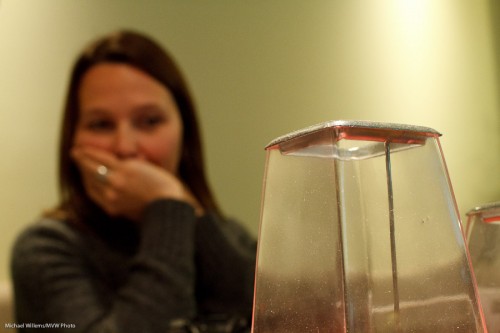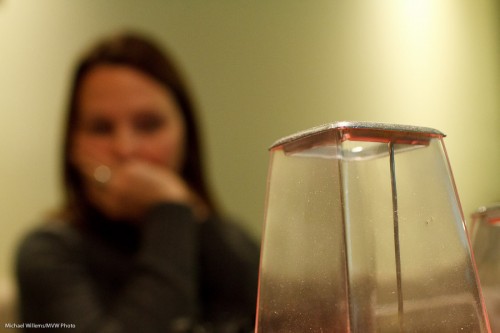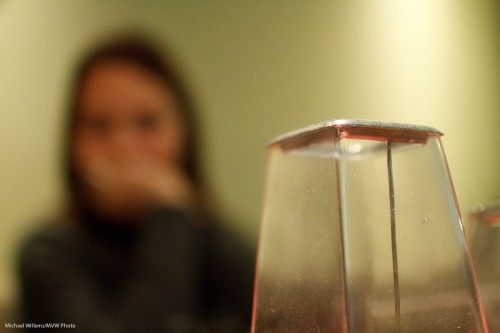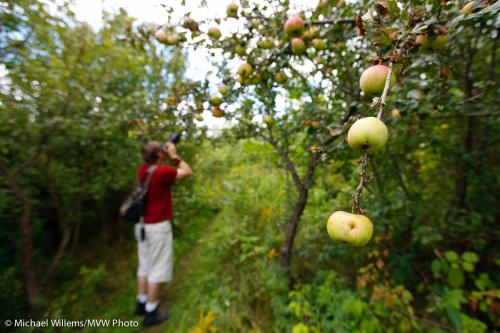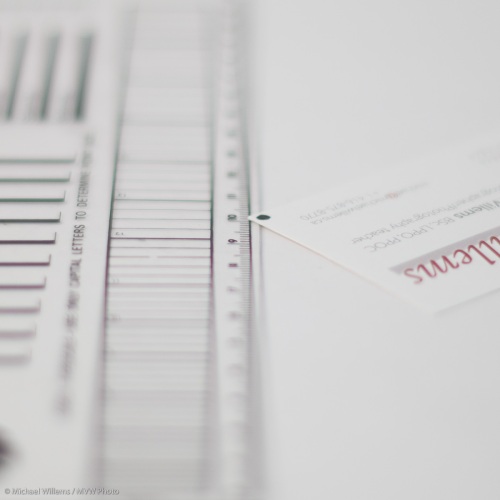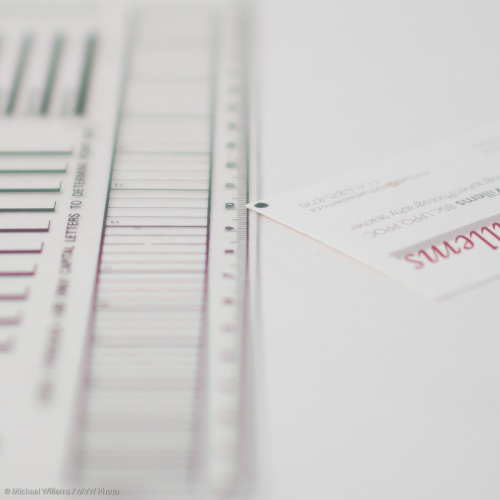If I want a sharp foreground subject with a blurred background – you have heard me say it many times, there are several ways.
The reason this subject is always confusing is that it is very complicated. “Sharp focus” and “depth of field” are subjects for mathematicians (check the Wikipedia entry, if you wish). Hyperfocal distance, lens geometry, approximations, cropping, aperture, magnification, f-numbers, image format size, sensor size – all these have an effect. The main factors that affect DOF are:
- Sensor size
- Proximity to subject
- Zoom
- Aperture number
- The ratio of subject distance to focal length
- Cropping
Several of these factors are complicated and need not be taken into account all the time – but several can help you in practice. Chief among them: it is not just aperture that affects depth of field – it is also the distance to the subject. As Wikipedia puts it:
For a given format size, at moderate subject distances, DOF is approximately determined by the subject magnification and the lens f-number.
In practice, this means that to get less depth of field (i.e. a blurrier background), you need to either:
- Select a lower f-number, or…
- You need to magnify more. And you can magnify more by zooming in, or by getting closer.
So to get an image like this, with the person behind the object blurred out, you do not necessarily need a fast lens or a full-frame camera:
In fact that was taken with a Canon 7D with a 35mm lens (equivalent to a 50mm lens) set to f/5.6. This is an aperture that every lens can achieve. But I was close to the object!
That said, of course a lower f-number in the same situation gives you more blur. Here’s f/2.8, which good zooms can achieve:
And here’s f/1.4, for which you need a prime lens:
So the lesson, I suppose, is that if you want blurred backgrounds but you cannot right now afford that full frame camera and the low f-number lenses that you should really invest in, at least get close.

